ANGOLA
Plants and Animals

Plants and Animals

Plants and Animals
Plants
Angola is home to at least 8,000 plant species, of which 1,260 are endemic, placing Angola in second place of countries in Africa with endemic plant species. About half of the country, including the inland high plains in the provinces of Moxico, Bié, Malanje and Lunda Norte, is covered with open tropical forest or 'miombo'. 30% of Angola is covered with savannahs or dry tropical forest;5% of the inland plateau and the provinces of Huambo, Bié, Kwanza Sul and Huíla are covered with grassland and meadows;2% of the country is covered with tropical rainforest or 'maiombe'. This rainforest is home to special tree species, including the most expensive and second most expensive wood species in the world, respectively from the m'pingo or (African) grenadilla and the African sandalwood tree Osyris lanceolata, and also the ebony tree.
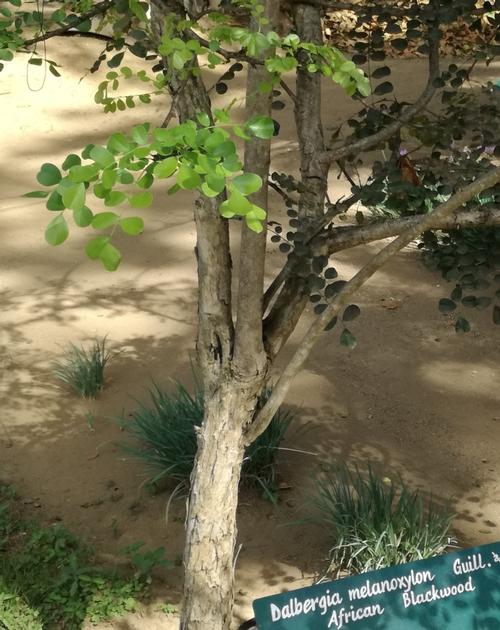 M'pingo, one of the most expensive woods in the worldPhoto: Abu Shawka, CC 4.0 no changes made
M'pingo, one of the most expensive woods in the worldPhoto: Abu Shawka, CC 4.0 no changes made
Tropical rainforest can still be found in the provinces of Uíge and Lunda Norte, but it is under severe threat from agricultural activities and logging. Other types of vegetation are the African mountain forest above an altitude of 2000 meters and the dense tree savannas, mainly with the mopane tree, a subfamily of the legume family. This landscape, in the south of Angola in dry, warm areas between 200 and 1150 meters high, is mainly in the front of Cuando Cubango and the Cunene provinces. Growing as a shrub and tree, the mopane can reach heights of up to 18 meters and is an important food source for a variety of animals, including elephants and the night peacock caterpillar.
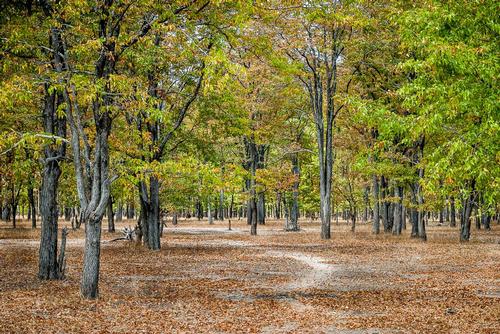 Mopane forest, AngolaPhoto: Van Staden Joggie CC 3.0 Unported no changes made.
Mopane forest, AngolaPhoto: Van Staden Joggie CC 3.0 Unported no changes made.
A unique plant, the tumboa (Weltwitschia mirabilis), grows in the Namib Desert, 0.5% of the surface of Angola and located in the southwest of Angola. This plant has broad leaves of several meters in length that lie on the desert soil.
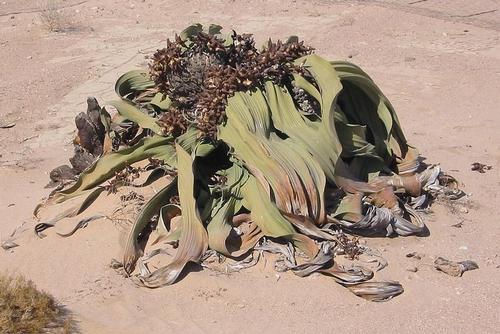 Weltwitschia Mirabilis AngolaPhoto: Freddy Weber in the public domain
Weltwitschia Mirabilis AngolaPhoto: Freddy Weber in the public domain
The African baobab or monkey bread tree is also fairly widespread in the dry semi-arid climate north, east and especially south of the capital Luanda.
In Angola, the tree, with a trunk circumference of up to seven meters and a height of up to 25 meters, is known under the Kimbundu name 'imbondeiro'. The tribe is home to thousands of gallons of water during the rainy season and the seed and fruit are also eagerly utilized by the local population.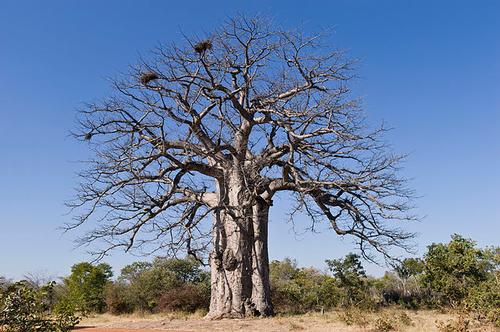 Imbondeiro or African baobab, AngolaPhoto: Alfred Weidinger CC2.0 Generic no changes made
Imbondeiro or African baobab, AngolaPhoto: Alfred Weidinger CC2.0 Generic no changes made
Animals
It is estimated that Angola is home to 275 mammal species, 78 amphibian species, 227 reptile species (19 of which are endemic), 915 bird species and 300 insect species. The best place to see these animals in their natural habitat are the six national parks, not all of which are in great shape.
The national parks Mupa, Cameia and Bicuar can really only be regarded as national parks on paper;resources, infrastructure, conservation and information are seriously inadequate, poaching and environmental degradation through human intervention are the order of the day. The Iona National Park, Cangandala National Park and the Kissama National Park are doing better, only the latter park is allowed for tourists and facilities are available.
Angola's national animal is the endangered giant sable antelope, with horns up to 1.5 meters long and found in a small area between the city of Cuango and the Luando River.
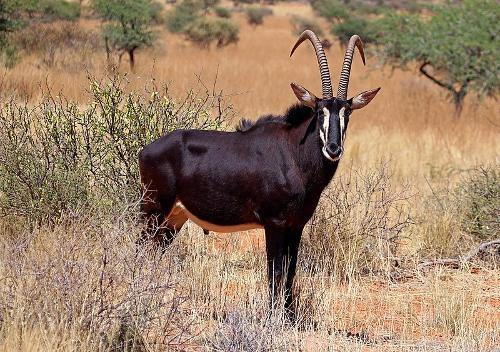
Giant saber antelope, national animal of Angola Photo: Charles J. Sharp CC 4.0 International no changes made
Only the English name of a number of animals below is known
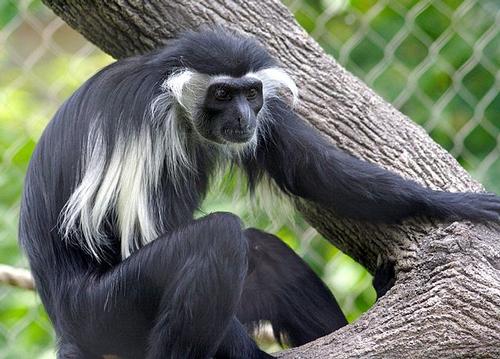 Southern frilly monkey (Colobus angolensis) is almost non-existent in Angola Photo: Ryan E. Poplin CC 2.0 Generic no changes made
Southern frilly monkey (Colobus angolensis) is almost non-existent in Angola Photo: Ryan E. Poplin CC 2.0 Generic no changes made
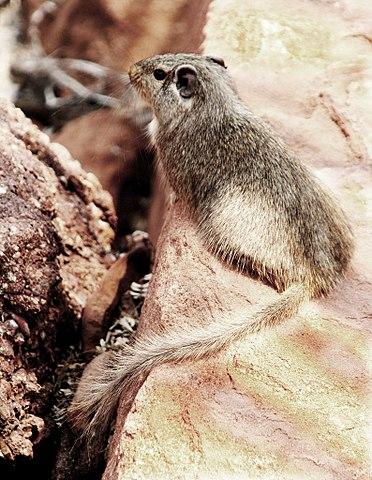 Rockrat, AngolaPhoto: Vernon Swanepoel CC 2.0 Unported no changes made
Rockrat, AngolaPhoto: Vernon Swanepoel CC 2.0 Unported no changes made
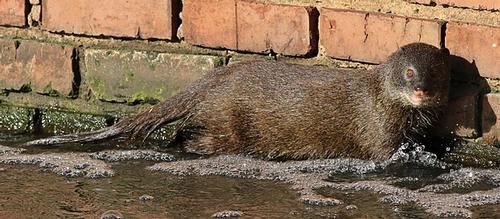
Swamp mongoose, predator AngolaPhoto: Derek Keats (Johannesburg, South-Africa) CC 2.0 Generic no changes made
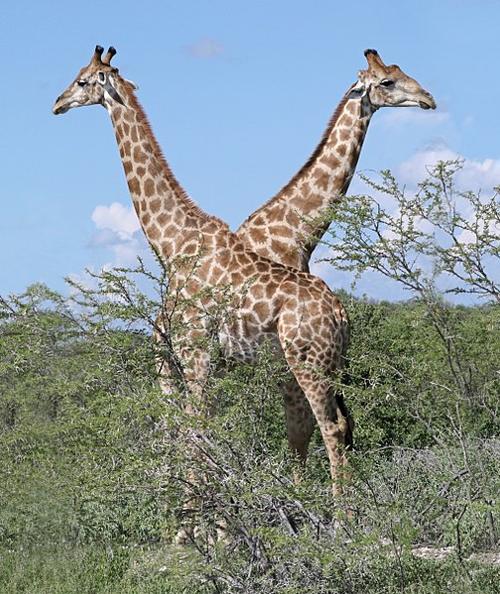 AngolagiraffePhoto: Charles James Sharpe, CC 4.0 International no changes made
AngolagiraffePhoto: Charles James Sharpe, CC 4.0 International no changes made
The national bird of Angola is the red-crested turaco.
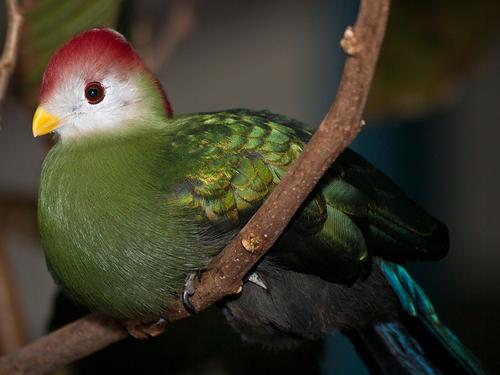 Red-crested turaco, national bird of AngolaPhoto: William Warby CC 2.0 Generic no changes made
Red-crested turaco, national bird of AngolaPhoto: William Warby CC 2.0 Generic no changes made
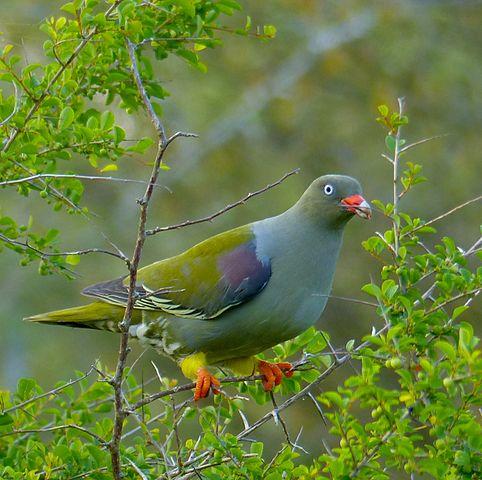 African puffin, pigeon species in AngolaPhoto: Bernard DUPONT CC 2.0 Generic no changes made
African puffin, pigeon species in AngolaPhoto: Bernard DUPONT CC 2.0 Generic no changes made
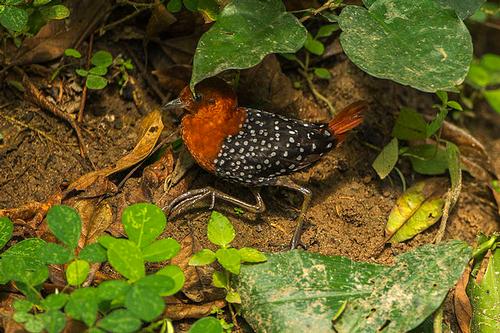 Pearl blotch, AngolaPhoto: Francesco Veronesi CC 2.0 Generic no changes made
Pearl blotch, AngolaPhoto: Francesco Veronesi CC 2.0 Generic no changes made
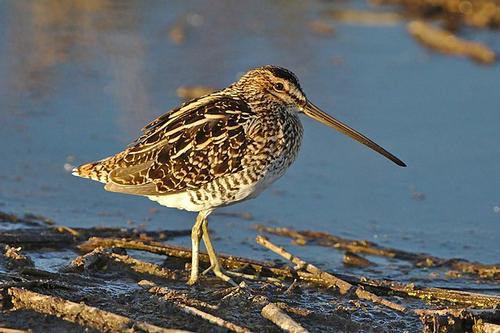 African snipe occurs in AngolaPhoto: Derek Keats CC2.0 Generic no changes made
African snipe occurs in AngolaPhoto: Derek Keats CC2.0 Generic no changes made
Shoebill
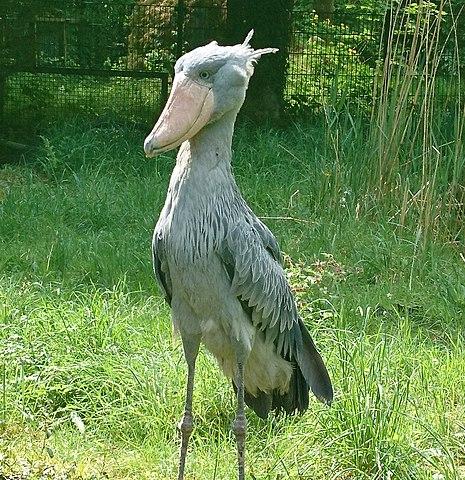 Shoebill, Bird of AngolaPhoto: Bildflut in the public domain
Shoebill, Bird of AngolaPhoto: Bildflut in the public domain
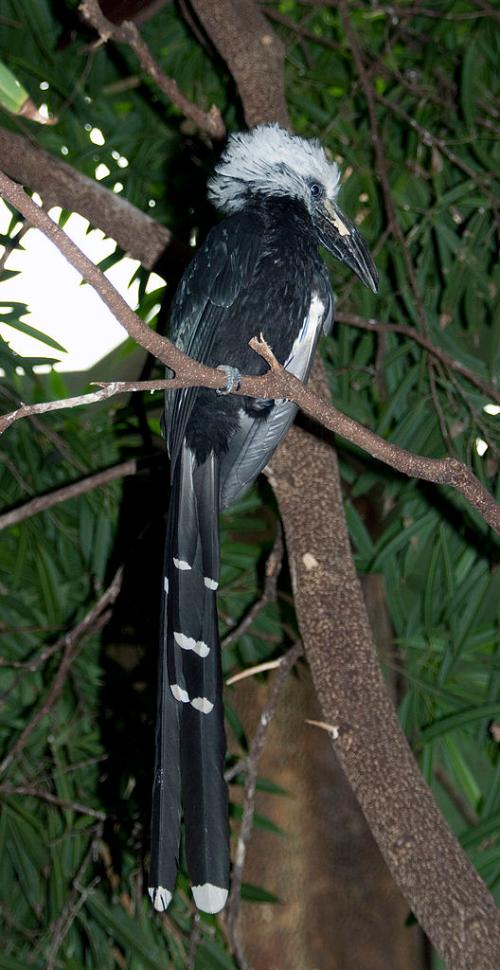 White-crested flock, bird from AngolaPhoto: Tony Hisgett CC 2.0 Unported no changes made
White-crested flock, bird from AngolaPhoto: Tony Hisgett CC 2.0 Unported no changes made
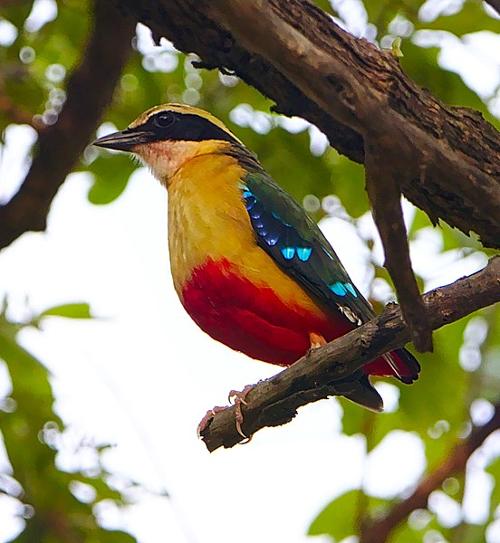 AngolapittaPhoto: Derek Keats CC 2.0 Generic no changes made
AngolapittaPhoto: Derek Keats CC 2.0 Generic no changes made
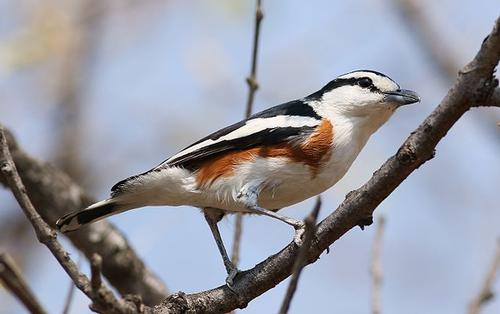 Broebroe, bird of AngolaPhoto: Derek Keats CC 2.0 Generic no changes made
Broebroe, bird of AngolaPhoto: Derek Keats CC 2.0 Generic no changes made
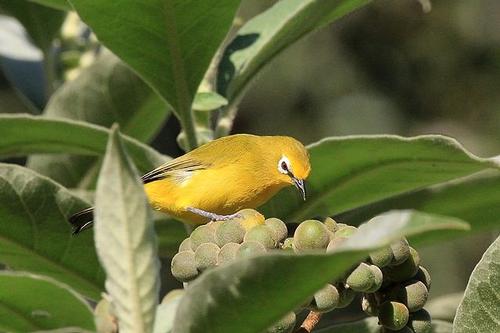 African spectacled bird, bird from AngolaPhoto: Charles J Sharpe CC 4.0 International no changes made
African spectacled bird, bird from AngolaPhoto: Charles J Sharpe CC 4.0 International no changes made
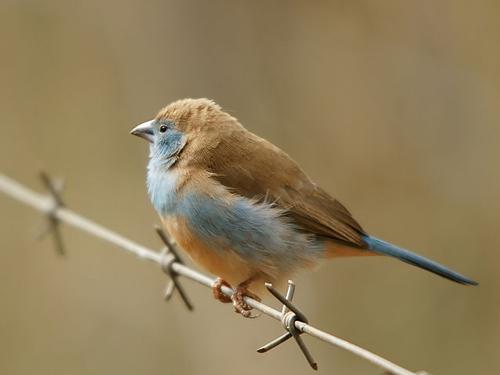 Angolan Blue PheasantPhoto:Hans Hillewaert CC 3.0 Unported no changes made
Angolan Blue PheasantPhoto:Hans Hillewaert CC 3.0 Unported no changes made
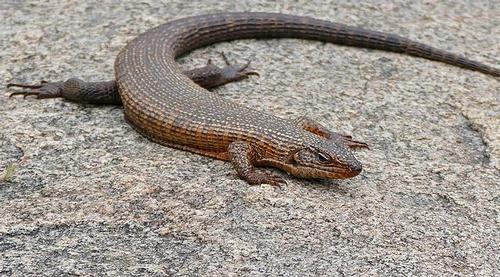 Giant shield lizard, reptile AngolaPhoto: Bernard DUPONT CC 2.0 Generic no changes made
Giant shield lizard, reptile AngolaPhoto: Bernard DUPONT CC 2.0 Generic no changes made
Sources
BBC - Country Profiles
CIA - World Factbook
Elmar Landeninformatie
Oyebade, Adebayo / Culture and customs of Angola
Greenwood Press
Stead, Mike / Angola
Lonely Planet
Copyright: Team The World of Info